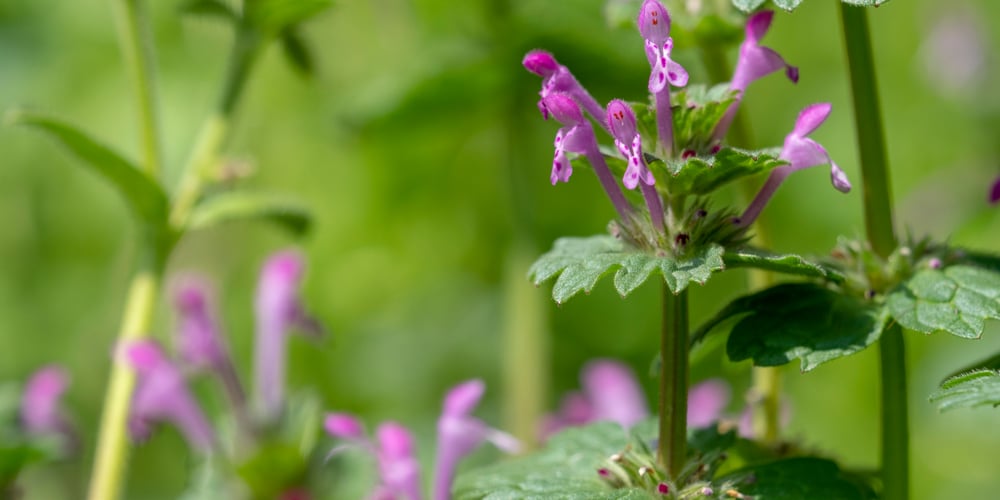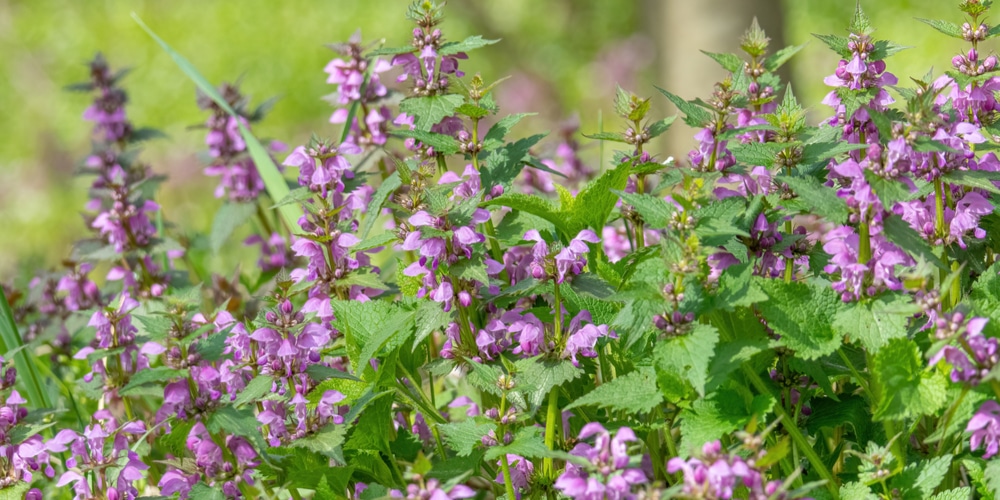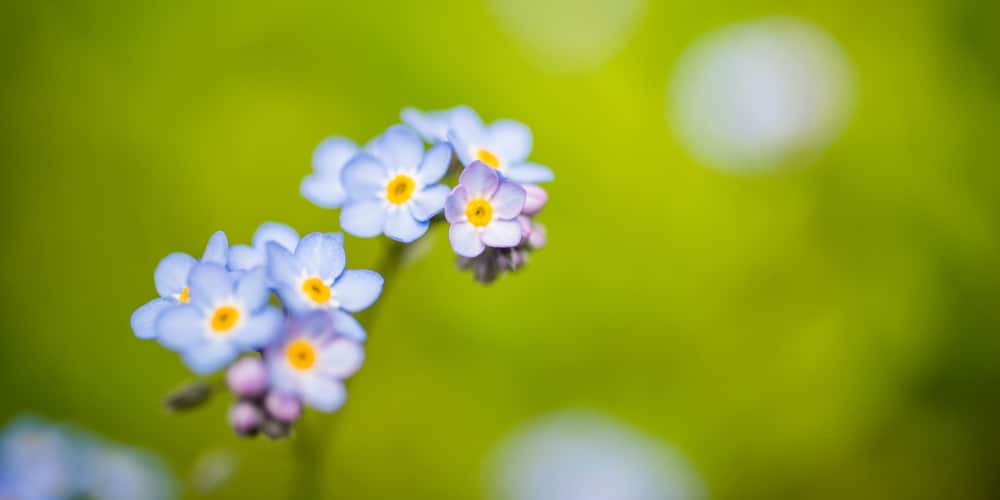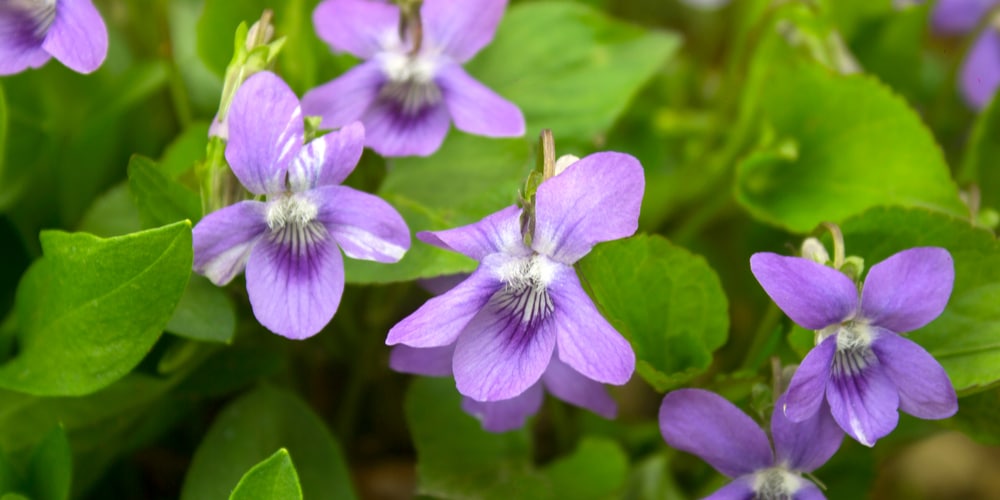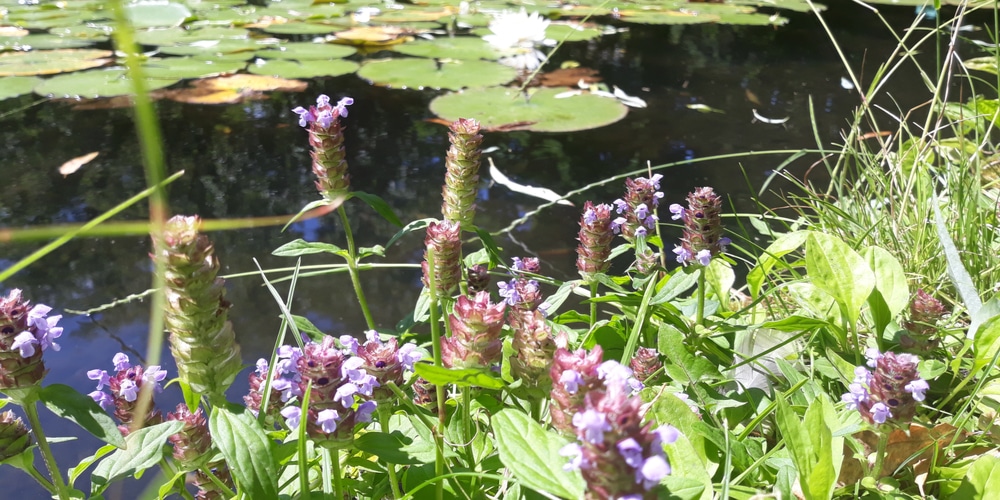Weeds are a headache for any gardener or homeowner because they negatively affect the growth of other plants. However, not all weeds are ugly – that is why some gardeners intentionally weed their gardens. Have you come across some weeds with purple flowers and can’t tell if they are safe or need to be removed? Below is a list of common weeds with purple flowers. It is your decision whether to keep them or not.
Ground Ivy (Creeping Charlie)
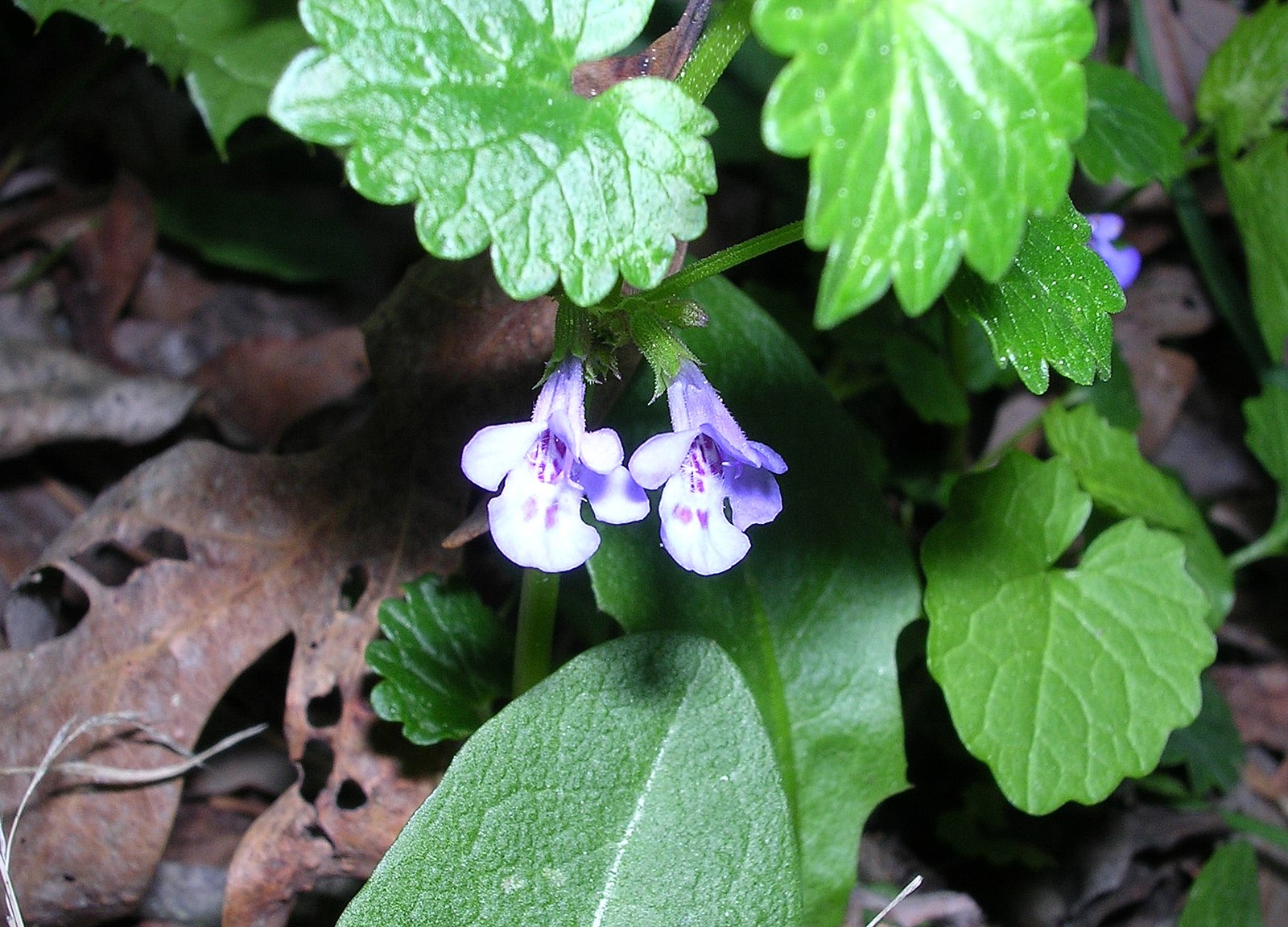
A lot of gardeners deal with Ground Ivy in their yards. It has broad leaves and comes from the mint family. Being about an inch high, Creeping Charlie forms a low-growing mat of branching leaves and stems.
At first sight, the weed looks harmless. But it grows very fast and can quickly become a problem in your garden. The scalloped leaves and purple flowers are resilient to pests and effortlessly adapt to any grass lawn.
Creeping Charlie is primarily found in sunny areas with wet, fertile soil. The best way to eradicate the weed is using high-quality, pro-level herbicides.
Henbit
Henbit has a square stem with round leaves and deep lobes. The leaves at the top are directly connected to the stem. The weed’s leaves are also hairy, making it easier for gardeners to tell them apart. It is mainly found in fallow areas, close to buildings and yard edges. Henbit does not have many flowers compared to other purple-flowering weeds. The best way to control it is by preventing the spread of its seeds. If you hand-pull the weeds, be careful not to leave the seeds on the ground inadvertently.
Purple Deadnettle (Lamium Purpureum)
Purple Deadnettle is also another weed plant from the mint family. Visually, it closely resembles the Henbit. The square stem is divided into upper and lower sections. The upper part has purplish-pink flowers and leaves with petioles. Production of the weed happens in spring, making it a winter annual. It is common in highly moist soil like waste areas, drainage ditches, and fallow fields.
If you have a wet yard, Purple Deadnettle may be a recurring problem if not curbed at production. Late fall and early spring tillage are easy ways to keep the weed at bay.
Forget-me-not
Forget-me-not is not unsafe per se, but it can be a real bother most of the time. When infestation is out of control, the weeds can kill all the grass in your lawn or garden. Its growth is short-lived during the mid-summer season. The weed plant mainly grows in fairly-wet soil and has good drainage. You can spot the weed with its abundant purple flowers with yellow petals. The flowers are lovely, but they grow very fast.
Wild Violet
Whether Wild Violet is a flower or a weed has been debated, and the verdict is out! If it appears in your garden or lawn, it is a weed – but not everyone detests its beautiful purple flowers or heart-shaped leaves.
Yung Wild Violent plants are common in moist, shady areas. The mature plant is quite resilient and spreads quickly through wind or rainfall. The worst thing about Wild Violet is that it shows up where it is unnecessary. It can adapt to mowing by growing shorter until the seeds develop. You can get rid of the weed by using a solid herbicide or hand pulling. Either way, you have to be patient with the eradication process.
Healall (Selfheal)
Last but not least, there is Selfheal, a member of the mint family. They have slightly scalloped, oval-shaped leaves and purple flowers with leaves underneath them. As the weeds grow, the hair on the stems fade.
Selfheal is known to have medicinal benefits, but continuous growth can kill the grass and plants in your garden/lawn. Luckily, using herbicides when the flowers bloom completely stops infestation.
When are Weeds with Purple Flowers not Safe?
When you spot purple flowering weeds in your garden, the first thought is to get rid of them. Some gardeners, however, prefer to keep the weeds because of their medicinal or nutritional value or their purple blossom. Either way, ensure you decide after researching the benefits and consequences of the weed plant.
